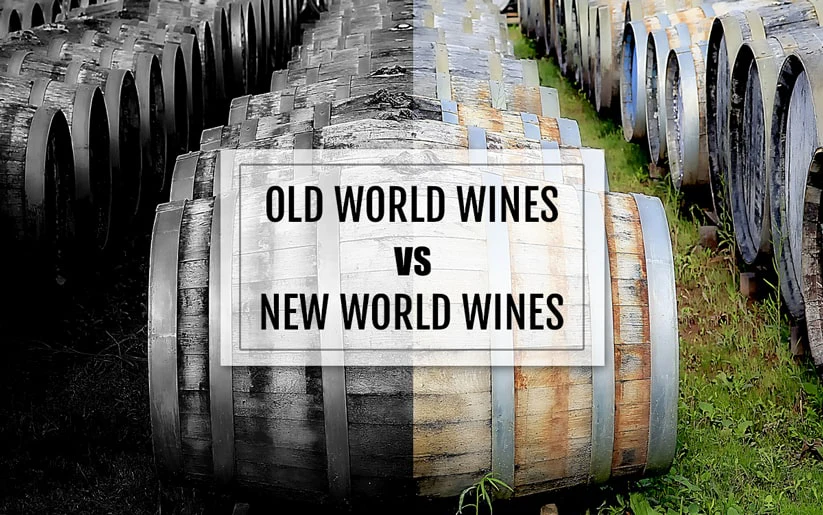Wine enthusiasts often encounter the terms “Old World” and “New World” when exploring different bottles, but these classifications represent far more than simple geography. These distinctions fundamentally shape everything from flavor profiles to winemaking techniques, creating two distinct philosophies that have defined the global wine for centuries. Old World wines, originating from traditional European regions like France, Italy, and Spain, emphasize terroir and time-honored methods passed down through generations. In contrast, New World wines from countries like Australia, the United States, and Chile embrace innovation and fruit-forward expressions that reflect their warmer climates and experimental approaches. Understanding these differences will enhance your wine appreciation and help you make more informed choices, whether you’re selecting a bottle for dinner or building a collection that spans both traditions.
Geographic Origins and Historical Context
Old World wine regions encompass the traditional winemaking countries of Europe, the Mediterranean, and parts of the Middle East, including France, Italy, Spain, Germany, Portugal, Austria, Greece, and others. These regions represent the birthplace of modern winemaking traditions, where techniques and grape varieties were first developed and refined over millennia.
New World wine regions include territories where viticulture was introduced during European colonization, encompassing North and South America, Australia, New Zealand, South Africa, and increasingly, China. These regions have adopted and adapted Old World techniques while developing their own distinctive approaches to winemaking.
Distinct Flavor Profiles and Characteristics
The most noticeable differences between Old World and New World wines emerge in their flavor profiles and structural characteristics. Old World wines typically exhibit lighter body, lower alcohol content, higher acidity, and more restrained fruit flavors with pronounced minerality and earthiness. These characteristics reflect cooler climates where grapes ripen more slowly, developing complex secondary flavors while maintaining natural acidity.
New World wines generally showcase fuller body, higher alcohol content, lower acidity, and bold, ripe fruit flavors. The warmer climates in many New World regions allow grapes to achieve higher sugar levels, resulting in more alcoholic wines with immediate fruit appeal and softer acidity profiles.
Winemaking Philosophy and Techniques

Old World winemaking emphasizes tradition and terroir, with strict regulations governing production methods, grape varieties, and regional classifications. French and Italian wines operate under comprehensive classification systems like AOC and DOCG, which dictate everything from permitted grape varieties to harvest methods and aging requirements.
New World winemakers enjoy greater freedom to experiment with modern techniques and technologies. They frequently employ stainless steel fermentation, controlled temperature systems, and innovative blending practices that prioritize consistency and fruit expression over traditional methods. This approach allows for more experimentation and adaptation to local conditions.
Labeling and Marketing Approaches
The labeling conventions between Old World and New World wines reflect their fundamental philosophical differences. Old World wines typically identify themselves by region or appellation, such as Bordeaux, Chianti, or Rioja, emphasizing the importance of place in defining the wine’s character.
New World wines predominantly use varietal labeling, identifying the primary grape variety like Cabernet Sauvignon or Chardonnay. This approach developed because New World regions lacked established regional identities, and winemakers often sourced grapes from multiple locations to achieve desired flavor profiles.
Climate Impact on Wine Style
Climate plays a crucial role in shaping the fundamental differences between Old World and New World wines. Old World regions, particularly in Northern Europe, experience cooler growing seasons that produce grapes with higher natural acidity and more subtle flavors. These conditions favor the development of complex, age-worthy wines that evolve beautifully over time.
New World regions often benefit from warmer, more consistent climates that reliably ripen grapes to higher sugar levels. This climate advantage allows New World winemakers to produce consistently ripe, fruit-forward wines that appeal to modern palates seeking immediate gratification and bold flavors.


